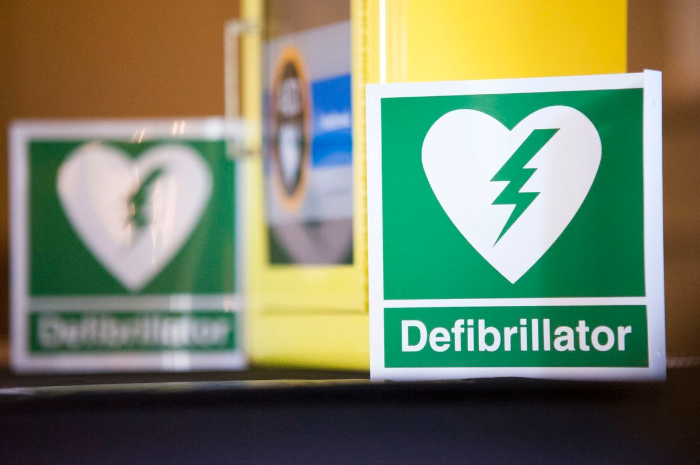Unlocked defibrillator cabinets allow immediate access in an emergency
London Ambulance Service responds to around 13,000 cardiac arrests a year. When someone is in cardiac arrest, their heart stops working and without help they will die.

The Service advises that publicly accessible defibrillators should not be placed in locked cabinets. The best way to increase a person’s chance of survival is by starting CPR immediately and using a defibrillator to deliver a shock to the heart as soon as possible. Locked cabinets create the potential for delay.
When a 999 call is made for someone in cardiac arrest, the emergency call handler can provide the exact location of the nearest defibrillator to the caller.
It is imperative that defibrillators are immediately available without barriers for access.
Lifesaving equipment must not be locked away. We would not lock away fire extinguishers. The longer a patient in cardiac arrest goes without emergency life-support, the harder it is to restart their heart.
Within minutes brain tissue starts to die. Every second counts and that’s where Londoners can make a difference.
Cabinets with locks, faulty cabinets that do not open and incorrect codes could significantly impact whether a patient survives a cardiac arrest.
While there are concerns that defibrillators in unlocked cabinets might be stolen or tampered with, research has shown that theft and vandalism is uncommon.
There are over 9,000 defibrillators in the capital and instances of reported vandalism and theft is less than 10 defibrillators per year.
Ensure your defibrillator is located in an accessible and unlocked cabinet, visible to the public, in a well-lit location. If possible, an area covered by local CCTV will significantly reduce the possibility of your defibrillator being stolen or vandalised.
The Resuscitation Council UK also states that: “Where circumstances allow, defibrillators should be placed in openly accessible (unlocked) cabinets that allow immediate access in an emergency. A decision to place a public access defibrillator in a locked cabinet should be made only on the basis of careful risk assessment in that specific location.”
In order for your defibrillator to be visible to our call handlers, please register your defibrillator on The Circuit.
London Ambulance Charity is also calling on Londoners to back its ‘London Heart Starters’ campaign to fund and maintain additional defibrillators in the 150 communities where they are needed most. Please join our life-saving mission to improve cardiac arrest survival in the capital.

Follow us on social media: